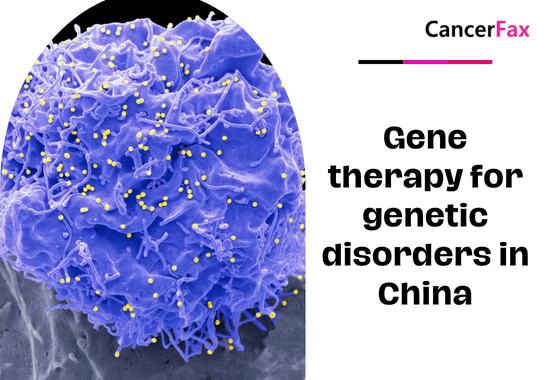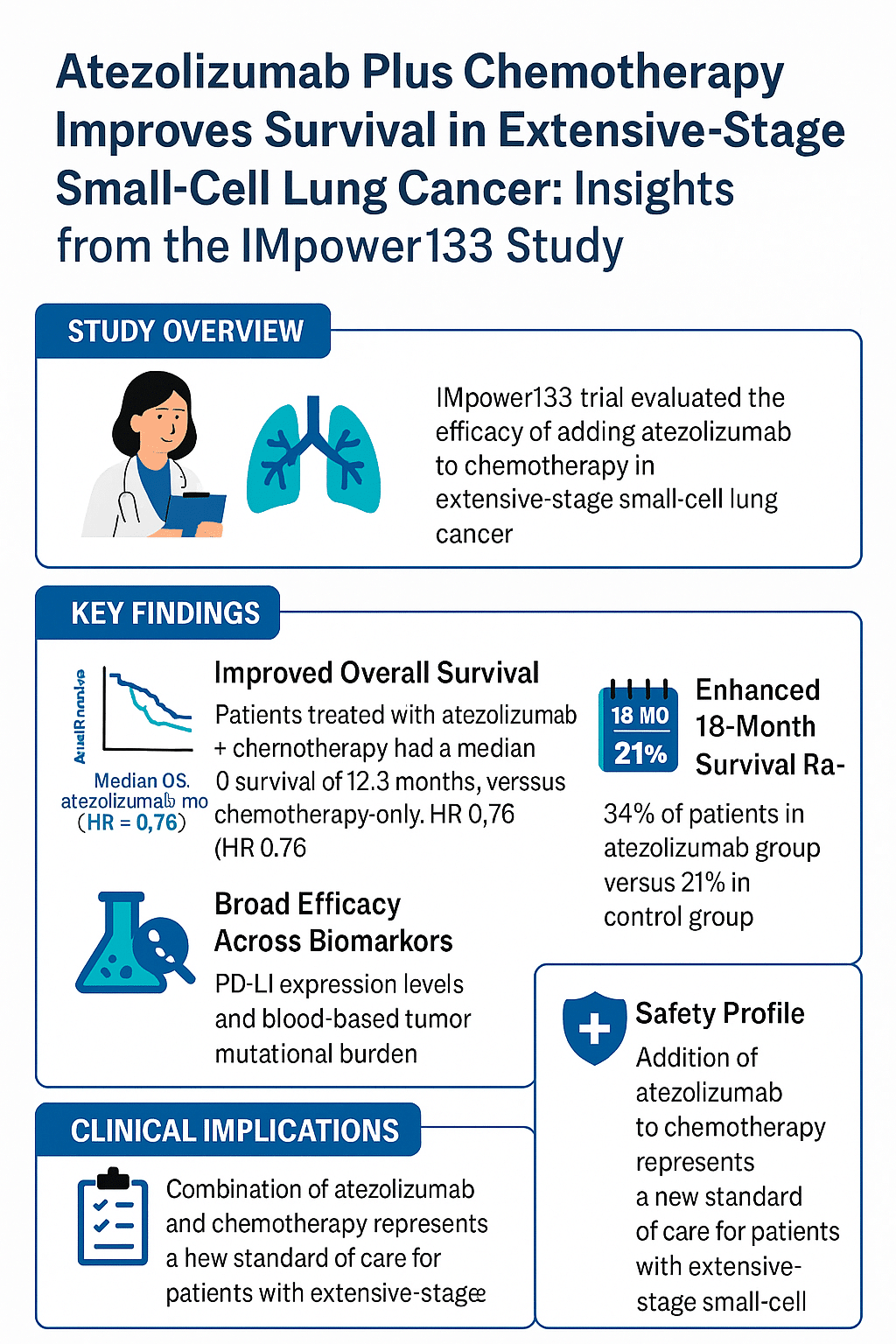Gene therapy in China
Genetic disorders and gene therapy
Gene therapy has transformed the concept of treatment for a genetic disorder, thus giving hopes to millions across the globe. Therefore, regarding biomedical research and infrastructural development in healthcare, China has been very active in this transformative field. This paper attempts to delve into the development, current status, and future prospects of gene therapy in China.
Gene therapy: Promise
Gene therapy is the process of modifying or manipulating genes within an individual’s cells to treat or prevent diseases. It holds out the hope of bringing about long-lasting and possibly curative treatments for a whole range of disorders because it treats the very roots—genetic mutations. This innovative methodology stands mucho contrario to traditional therapies that often address just the symptoms.
Cell and gene therapy in China
It has invested billions in research and development, which is an indicator of its gene therapy commitments. China managed to position itself at the forefront of genomics and biotechnology, in large part owing to government supportive policies, heavy funding, and a burgeoning biotech industry. Forefront institutions, particularly elite universities like BGI, formerly Beijing Genomics Institute, have been at the forefront in pushing frontier research in this area.
One of the landmark successes of gene therapy in China has been the development of the CRISPR-Cas9 technology. Actually, Chinese researchers were among very few who started using this powerful gene-editing tool for applications on human subjects. In 2016, a team at West China Hospital of Sichuan University performed the world’s first clinical trial involving gene editing employing the super-powerful tool known as CRISPR-Cas9 in a patient suffering from lung cancer. This was a huge step forward in demonstrating China’s commitment to pioneering gene-editing techniques.

Pic: Gene therapy in China for genetic disorders have gained lot of momentum
Genetic disorder treatment with gene therapy
The gene therapy focus in China extends to a variety of genetic disorders, including rare diseases that have long been neglected. The list includes the works of Chinese researchers on hemophilia, thalassemia, and Duchenne muscular dystrophy.
1. Hemophilia: They have had a primary interest in hemophilia, which is a hereditary bleeding disorder caused by a deficiency of clotting factors. Chinese researchers have made impressive progress toward gene therapies designed to correct the underlying genetic mutations. In 2020, a group from the Shanghai Institute of Hematology reported successful gene therapy trials for hemophilia B, showing that it improved patients’ quality of life.
2. Thalassemia: Thalassemia, being an inherited blood disorder, is very prevalent in Southern China. Gene therapy against this condition has been at the forefront of development in this country. Clinical trials in the past few years have shown promising results, with patients beginning to see a significant reduction in symptoms of the disease and transfusion dependence.
3. Duchenne Muscular Dystrophy (DMD): This is a very severe form of muscle-wasting disease, almost always only affecting boys. In China, scientists have been working this gene-editing technique to restore the protein dystrophin missing in patients suffering from DMD. Preliminary trials have been reported to show promise, thus giving hopes of effective treatments.
4. Sickle Cell anemia: Therefore, such gene therapy for sickle cell anemia is starting to become a treatment pathway in this disabling genetic illness. Advanced gene-editing techniques, including CRISPR-Cas9, are being employed by researchers to rectify the mutations causing sickle cell anemia.
No doubt, early-stage clinical trials found promising results for patients, showing highly significant enhancement of their hemoglobin levels and a diminished manifestation of the disease. In this innovative biomedical area, it is Chinese commitment to a new regulatory regime with active international collaboration that will firmly place the nation on the world map of those developing effective gene therapies against sickle cell anemia.
5. Metachromatic Leukodystrophy: Gene therapy for metachromatic leukodystrophy is the first step toward treating this very rare and deadly genetic disorder. The cause of MLD lies in mutations in the gene ARSA, due to which there is an accumulation of sulfatides that damage the nervous system. Gene therapy will introduce into the cells of the patient a functional copy of the gene ARSA, which should reconstitute the activity of the normal enzyme.
Very promising results have been obtained in the first clinical trials. The patients treated have shown a slower course of disease and better neurological functions. Being a new therapy, it brings hope for a considerably improved quality of life and increased life expectancy for people suffering from MLD, probably setting a paradigm shift in the current standard of care.
Regulatory Framework and Ethical Considerations
It is founded upon a mutually supportive and dynamic regulatory framework, at the core of which is the National Medical Products Administration, in its role to oversee approval and regulation of gene therapy products. Now, with the orderly and implemented changes expediting the reviewers’ processes for clinical trials and approvals, fast track of innovative therapies to patients has been put into motion quickly by the NMPA.
On the other side, the very speed of gene therapy research raises an ocean of related ethical issues. One of the most serious concerns is unpredictable off-target effects and unintended consequences of gene editing itself. This makes tight control over how it works compellingly necessary. The regulatory bodies of China are giving much attention to adherence to ethical guidelines and safety of patients in every clinical trial.
Collaborations and Global Impact
Gene therapy in China is interspersed with international cooperation. In other words, institutes and researchers in gene therapy in China often cooperate with foreign experts by sharing knowledge and expertise. Such inter collaborative efforts among many of the world’s leading biotech companies and research institutions will share the most advanced technologies and best practices.
The most eminent one is a Chinese biotech firm named BeiGene, along with the global pharmaceutical giant Novartis. This was a partnership between the two companies to develop and commercialize pioneering gene therapies that treat cancer and genetic disorders. Hence, these partnerships can increase the capacity of China and help in the advancement of gene therapy across the world.
Challenges and Future Directions
There have been tremendous headways made by China, but many challenges still remains. The high price tag for gene therapy is one basic obstacle to broad accessibility. Cost-effective manufacturing processes and changing delivery methods are in development to make these therapies affordable.
Another issue of importance is public awareness and acceptance of gene therapy. It is inevitable that education for patients, healthcare workers, and the general public on the pros and cons of gene therapy must be promoted to finally introduce gene therapy into mainstream medicine.
What is the cost of gene therapy in China?
The cost of gene therapy in China is around $ 250,000 USD at present. However, it differs greatly depending on a variety of factors, including therapy type, the condition to be treated, the health facilities involved, and whether it forms a clinical research study or is approved and hits the market. Broadly, the gene therapy is such an expensive mode of treatment. Of course, this involves complex technology requiring heterogeneous treatment strategies under very stringent regulatory and manufacturing procedures.
According to recent reports, these treatments cost hundreds of thousands to more than a million yuan. Treatments approved for commercialization, as in the case of some gene therapies for inherited retinal diseases or spinal muscular atrophy, are said to cost upwards of several million yuan per treatment in China.
That said, costs are gradually coming down as technology advances and manufacturing processes become more efficient, with more therapies gaining regulatory approval. Government support, coupled with insurance coverage, can therefore become indispensable in helping patients in China access such treatments.
One may need to refer directly to specific healthcare providers or institutions engaged in gene therapy in China for the most accurate and current information.
Conclusion
Gene therapy is one such optimism that exists for people who have genetic disorders, and China happens to be on the pinnacle of this life-changing field. Pioneer research, collaborations, and a very encouraging regulatory environment are the factors which can definitely make China one of the strong contributors to the global gene therapy landscape. With continuous improvements, the prospects for gene therapy in China become very bright regarding the revolutionizing of the present treatment techniques for genetic disorders and creating a better future for lakhs of people and their families.
Susan Hau is a distinguished researcher in the field of cancer cell therapy, with a particular focus on T cell-based approaches and cancer vaccines. Her work spans several innovative treatment modalities, including CAR T-cell therapy, TIL (Tumor-Infiltrating Lymphocyte) therapy, and NK (Natural Killer) cell therapy.
Hau's expertise lies in cancer cell biology, where she has made significant contributions to understanding the complex interactions between immune cells and tumors.
Her research aims to enhance the efficacy of immunotherapies by manipulating the tumor microenvironment and exploring novel ways to activate and direct immune responses against cancer cells.
Throughout her career, Hau has collaborated with leading professors and researchers in the field of cancer treatment, both in the United States and China.
These international experiences have broadened her perspective and contributed to her innovative approach to cancer therapy development.
Hau's work is particularly focused on addressing the challenges of treating advanced and metastatic cancers. She has been involved in clinical trials evaluating the safety and efficacy of various immunotherapy approaches, including the promising Gamma Delta T cell therapy.
- Comments Closed
- July 14th, 2024






CAR-T therapy China, China biotech innovation, China CRISPR trials, Chinese genetic research, Gene editing regulations, Gene therapy China, Genetic medicine advancements, Precision medicine China
CancerFax is the most trusted online platform dedicated to connecting individuals facing advanced-stage cancer with groundbreaking cell therapies.
Send your medical reports and get a free analysis.
🌟 Join us in the fight against cancer! 🌟
Привет,
CancerFax — это самая надежная онлайн-платформа, призванная предоставить людям, столкнувшимся с раком на поздних стадиях, доступ к революционным клеточным методам лечения.
Отправьте свои медицинские заключения и получите бесплатный анализ.
🌟 Присоединяйтесь к нам в борьбе с раком! 🌟